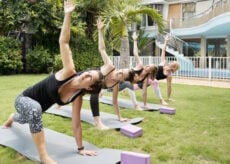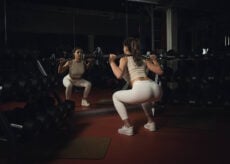Compression: Is that the Secret to Enhanced Recovery?
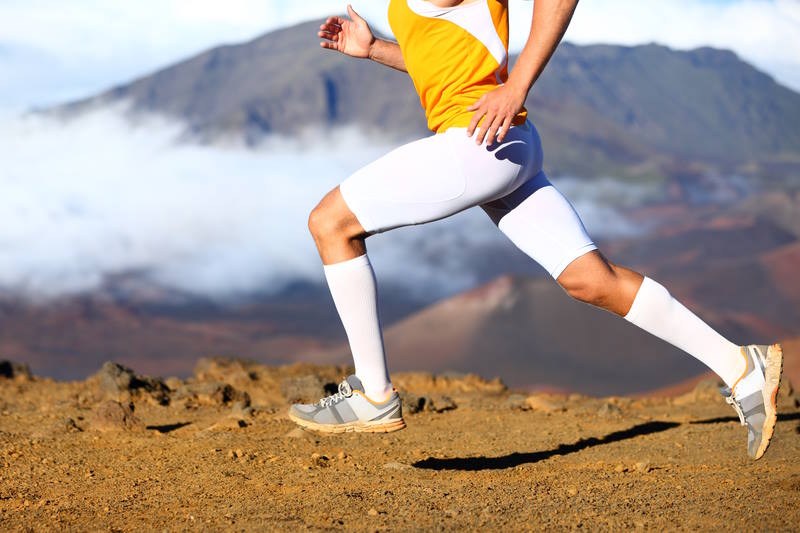
Feeling sore after those killer power workouts? Ever thought about using compression gear to help speed up your recovery?
Proper recovery is super important when you’re pushing yourself to the limit in every workout. There are lots of ways to recover, but one option you’ll definitely want to consider is wearing compression garments or even compression braces, depending on the situation. They might just be the solution you didn’t know you needed!
What Are Compression Garments and Braces?
You’ve probably noticed compression garments around, like those compression socks that help your circulation or the tight-fitting shirts athletes (and others) wear. They’re not just for showing off. These pieces of clothing have a real purpose, similar to what you’d find in a physical therapist’s toolkit. And you’ve undoubtedly also come across compression knee braces, back braces, wrist braces, braces for tennis elbow, etc.
Originally made for medical use, compression garments and braces have come a long way and are now a trendy part of athletic wear. They’re almost fashionable! They come in a lot of styles and can compress nearly every part of your body, including limbs, torso, and specific muscle groups. These garments are designed with real health benefits in mind and aren’t just another pretty outfit.
So, what’s the premise behind compression gear? It’s the pressure they apply to your skin and muscles. This pressure boosts blood flow, which is important for delivering oxygen and nutrients to your muscles, especially when you’re active. Plus, better circulation helps flush out metabolic waste like lactic acid, which can lead to muscle fatigue and soreness.
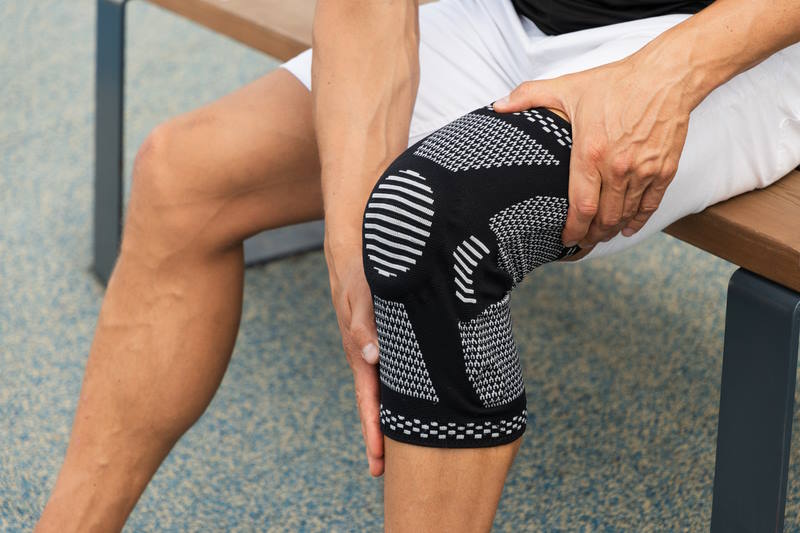
Do Compression Garments Really Help Boost Performance?
Some say yes, and some say no. Again, there are opinions on both sides of the fence. Some studies say that compression garments might help reduce muscle oscillation (muscle vibrations) and keep muscles aligned during activities like running or jumping. Research says this could lead to better muscle efficiency.
However, another review found that while compression garments might reduce muscle oscillation, there’s not a lot of evidence to suggest they significantly boost performance metrics like running speed or strength.
Nevertheless, here are some of the ways compression garments might help you:
Gentle Support and Added Stability—These garments are here to provide that extra support you need, allowing you to crush your workouts without the hassle of annoying pain or swelling. This added stability can help prevent injuries, especially in high-impact sports where strains and sprains seem like just another part of the game.
Keeps the Area Warm—Compression gear not only hugs your body just right, but it also keeps your muscles warm and flexible. It feels great and can really give your performance a boost while helping to keep soreness at bay.
You Just Feel Better—Sometimes, that snug compression around a sore spot can really lift your spirits. It’s kind of like being swaddled for athletes. Many athletes report feeling a lot more energized when they wear compression gear. Whether it’s a placebo effect or something a bit more scientific, the debate is still ongoing.
And it’s not just athletes who are taking advantage of this trend. Everyday fitness enthusiasts and people rehabbing injuries are using them, too. Many people find that wearing compression garments during and after exercise gives them a comforting sense of support, making them feel more secure while moving.
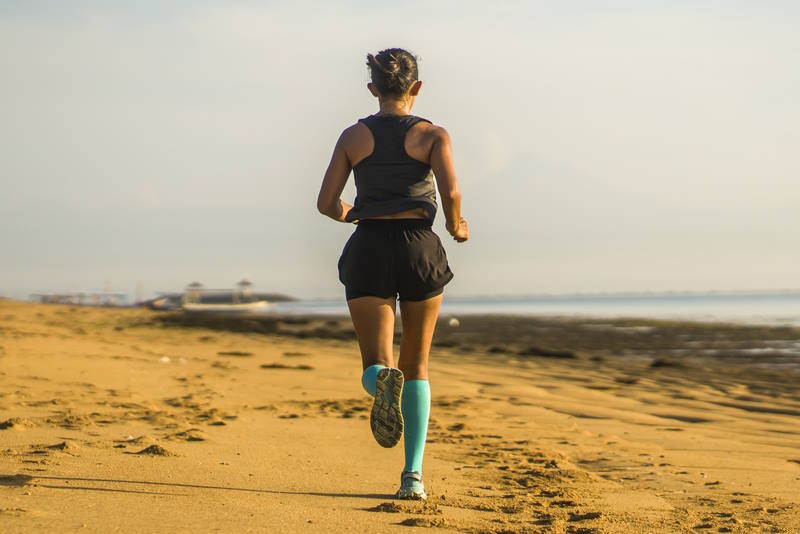
Do Compression Garments Really Help with Recovery?
Camps are divided on how effective compression garments really are when it comes to performance. Still, there seems to be solid evidence pointing to benefits in the realm of recovery. You can try them for yourself and see what you think, but here are some of the benefits seen:
Good for Circulation—Compression garments definitely get a thumbs up when it comes to boosting blood flow to the areas that need it most. They help improve what’s called “venous return,” which means they help the blood make its way back to your heart.
Reduce DOMS—If you’ve ever experienced that pesky “Delayed Onset Muscle Soreness” (called DOMS for short), you’ll be thrilled to know that recent studies suggest wearing compression garments can actually help reduce that post-workout discomfort.
Flush Waste—When you pump up your circulation, your body also gets better at flushing out all that metabolic waste that builds up while you’re working out. Thanks to the extra blood flow, your body is easily able to get rid of waste products.
Reduce Inflammation—When it comes to reducing inflammation and swelling, there’s more good news. Because your blood flow helps flush away the waste products from the area, this leads to less swelling and irritation. Compression gear is great for recovery, helping ease soreness and speed up muscle repair after tough workouts.
So, what’s the verdict? Athletes say using compression garments may lead to enhanced performance due to the additional blood flow to the area, flushing of waste, and warmth. And for those same reasons, science does back the ability of compression garments to help (at least a little) with recovery.
So, to compress or not compress? It will be a personal or a game-time decision. Either way, using compression garments to assist in your performance and recovery can’t hurt.




